Marigold Vs. Calendula – Difference Between Marigolds And Calendulas
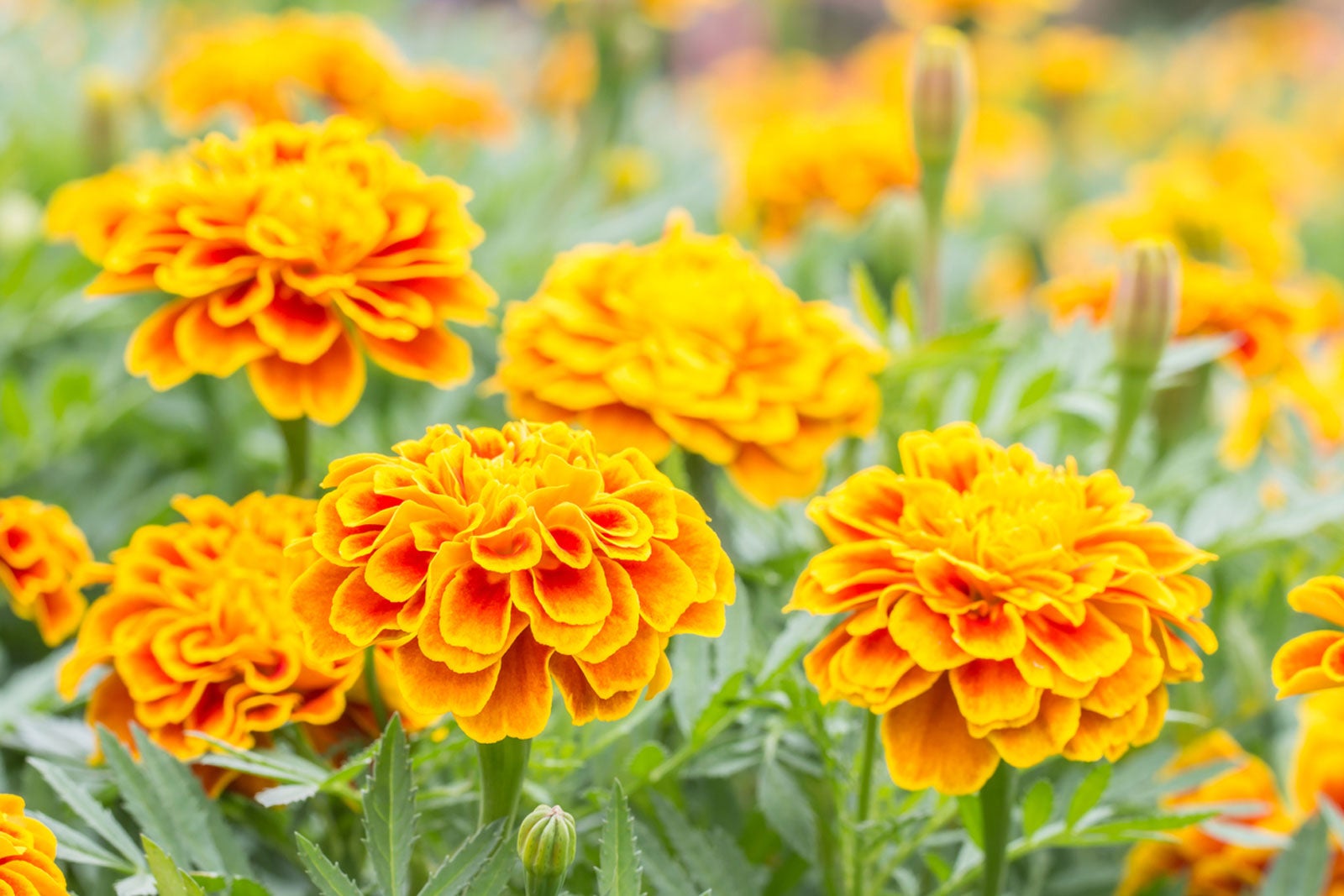

It’s a common question: Are marigold and calendula the same? The simple answer is no, and here’s why: Although both are members of the sunflower (Asteraceae) family, marigolds are members of the Tagetes genus, which includes at least 50 species, while calendula are members of the Calendula genus, a smaller genus with only 15 to 20 species.
You could say the two colorful, sun-loving plants are cousins, but marigold and calendula differences are notable. Read on and we’ll outline a few important differences between these plants.
Marigold vs. Calendula Plants
Why all the confusion? Probably because calendula is often known as pot marigold, common marigold, or Scotch marigold, though it isn’t a true marigold at all. Marigolds are native to South America, southwestern North America, and tropical America. Calendula is native to northern Africa and south-central Europe.
Other than being from two separate genus families and hailing from different areas, here are some ways to tell the difference between marigolds and calendulas:
- Seeds: Calendula seeds are brown, curved, and slightly bumpy. Marigold seeds are straight black seeds with white, paintbrush-like tips.
- Size: Calendula plants generally reach heights of 12 to 24 inches (31-61 cm.), depending on the species and growing conditions. They rarely exceed 24 inches (61 cm.). Marigolds, on the other hand, vary widely, with species ranging from 6 inches (15 cm.) to 4 feet (1 m.) tall.
- Aroma: Calendula flowers and leaves have a slightly sweet aroma, while the odor of marigolds is unpleasant and strangely pungent or spicy.
- Shape: Calendula petals are long and straight, and the blooms are rather flat and bowl-shaped. They may be orange, yellow, pink, or white. Marigold petals are more rectangular with rounded corners. They aren’t flat, but slightly wavy. Colors range from orange to yellow, red, mahogany, or cream.
- Toxicity: Calendula plants are edible, and all parts of the plant are safe, although they reportedly don’t taste very good. However, it’s always wise to check with a professional herbalist before eating the plant or brewing tea. Marigolds are a mixed bag. Some species may be edible, but it’s probably safest not to eat any part unless you’re absolutely sure of its safety.
Gardening tips, videos, info and more delivered right to your inbox!
Sign up for the Gardening Know How newsletter today and receive a free copy of our e-book "How to Grow Delicious Tomatoes".

A Credentialed Garden Writer, Mary H. Dyer was with Gardening Know How in the very beginning, publishing articles as early as 2007.
-
 Looking For Plants To Give You The Soft And Fuzzies? Try These 5 Fuzzy Leaf Plant Options
Looking For Plants To Give You The Soft And Fuzzies? Try These 5 Fuzzy Leaf Plant OptionsLovers of texture, drama, silver foliage and tactile plants will adore these special sensory garden additions. These fuzzy leaf plant options will leave you all aglow
By Susan Albert
-
 Get Ready For A Summer Of Hummers! Grow These Full Sun Hummingbird Plants and Flowers
Get Ready For A Summer Of Hummers! Grow These Full Sun Hummingbird Plants and FlowersIf you’re lucky enough to enjoy a sunny backyard, make sure you are maxing out on your pollinator opportunities and grow these full sun hummingbird plants and flowers
By Tonya Barnett
-
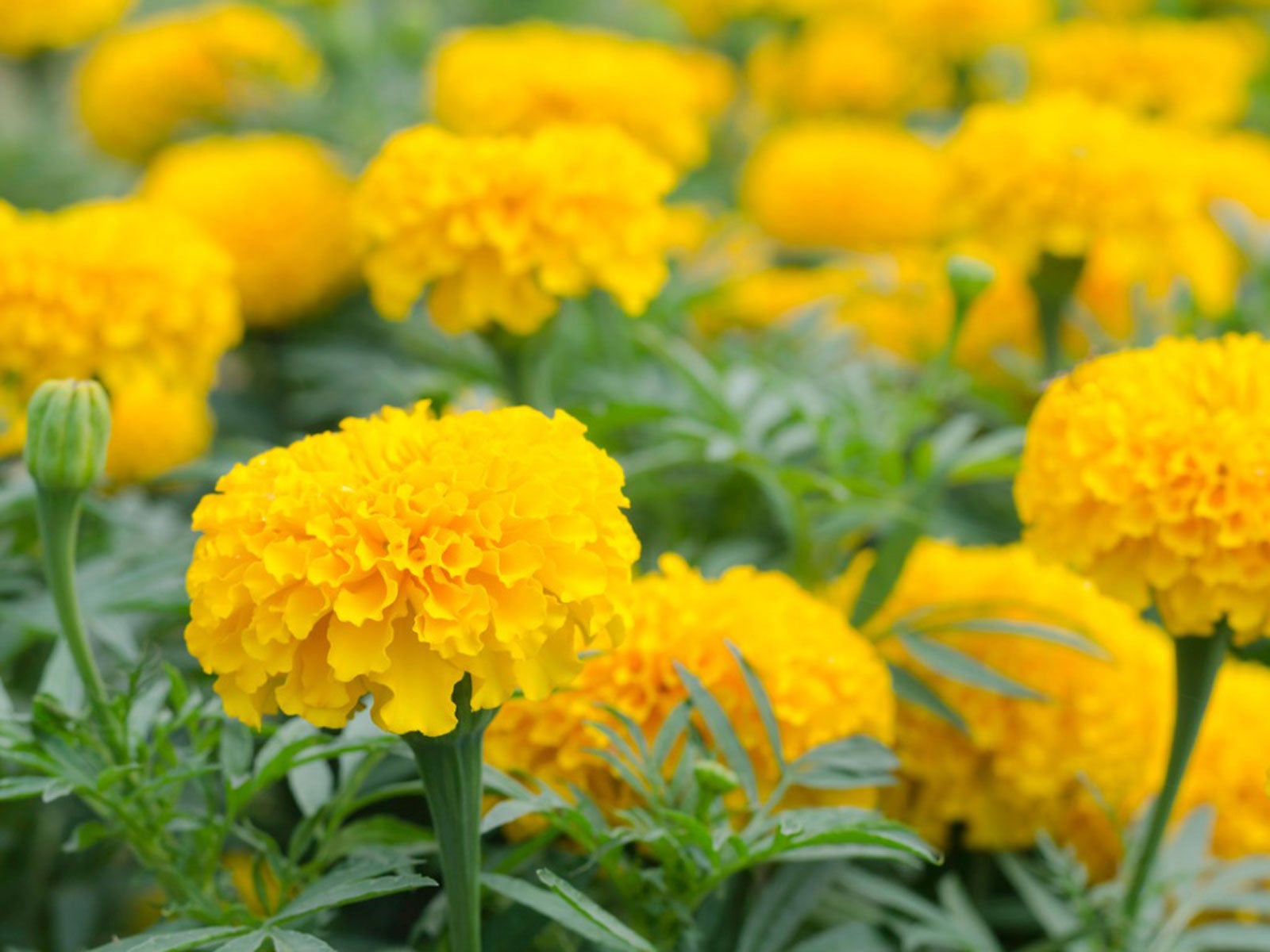 Marigold Flower Uses: Marigold Benefits For Gardens And Beyond
Marigold Flower Uses: Marigold Benefits For Gardens And BeyondMarigolds are appreciated primarily for their beauty, and you may not have considered the many surprising marigold benefits for gardens. Click on the following article to learn about ways to use marigold plants in the garden.
By Mary H. Dyer
-
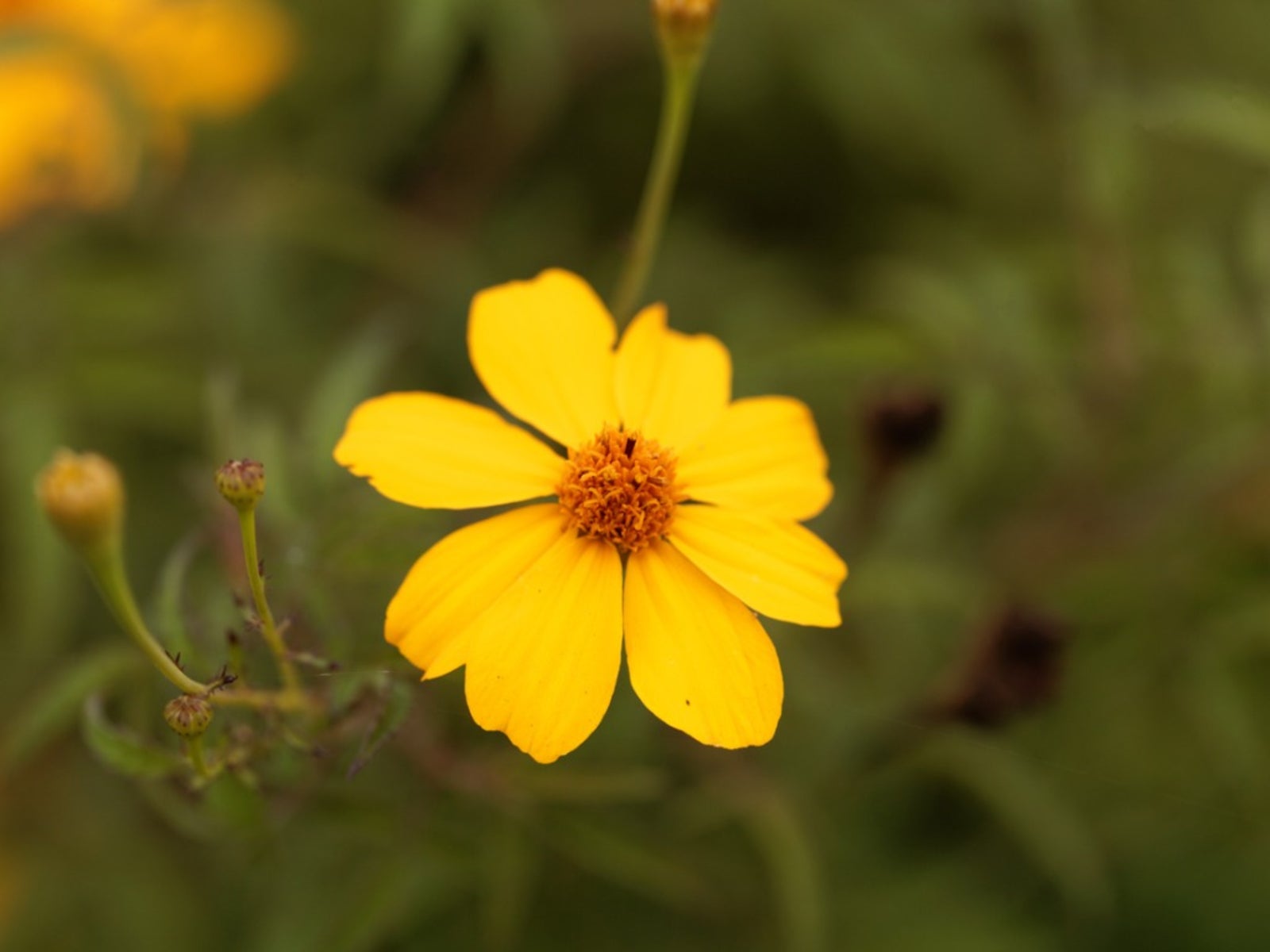 Mountain Marigold Care – How To Grow Bush Marigold Plants
Mountain Marigold Care – How To Grow Bush Marigold PlantsA beautiful annual scene is caused by the fall bloom period of Mountain Lemmon marigolds, which may also bloom sporadically in spring and summer, but save their best display for autumn. Click on this article to read more about mountain marigold plants.
By Darcy Larum
-
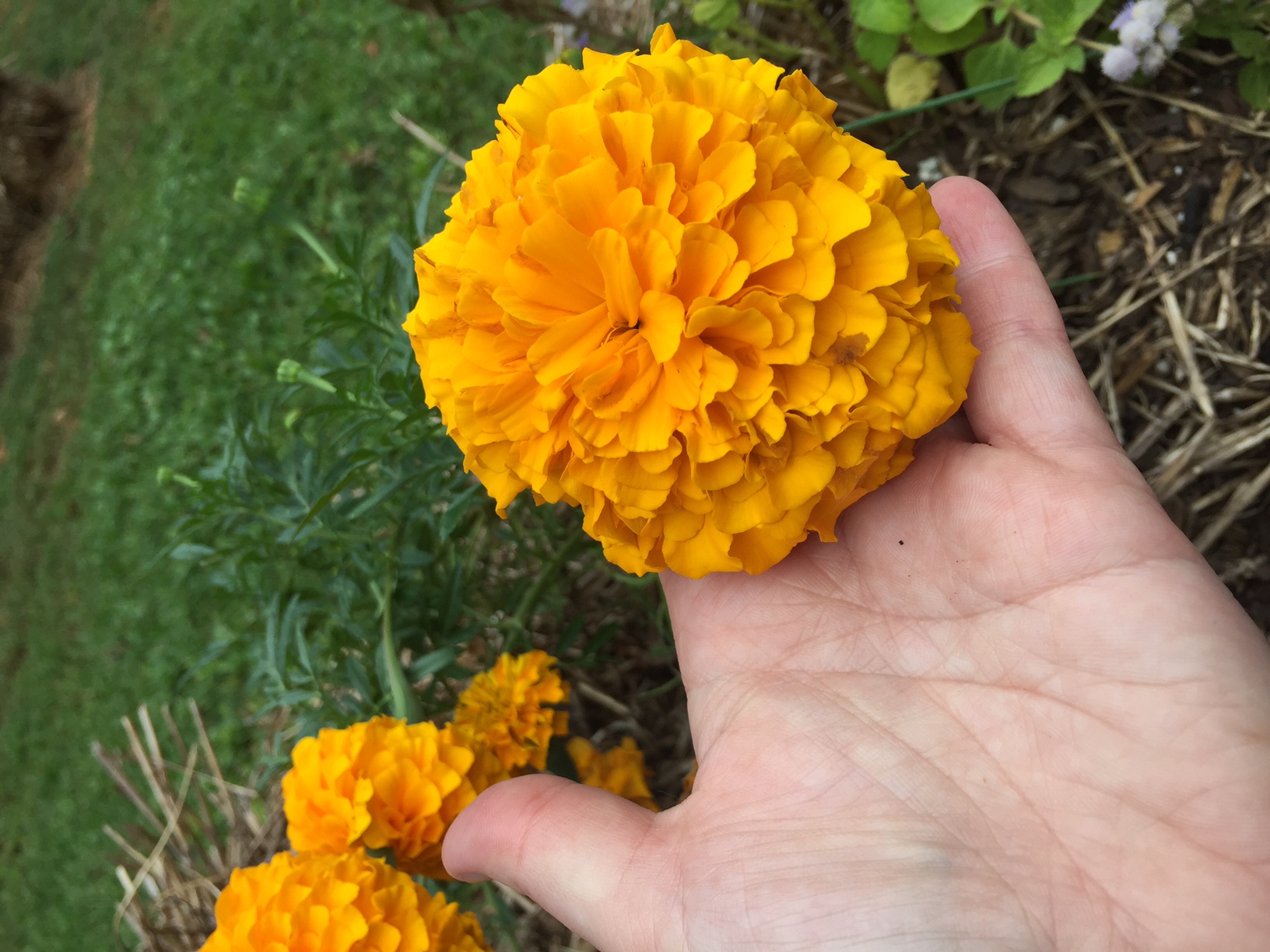 African Marigold Care: How To Grow African Marigolds
African Marigold Care: How To Grow African MarigoldsAfrican marigolds were sacred to the Aztecs, who used them as a medicine and as a ceremonial offering to the sun gods. Marigolds are still called the herb of the sun because of this. Click this article for more African marigold information.
By Darcy Larum
-
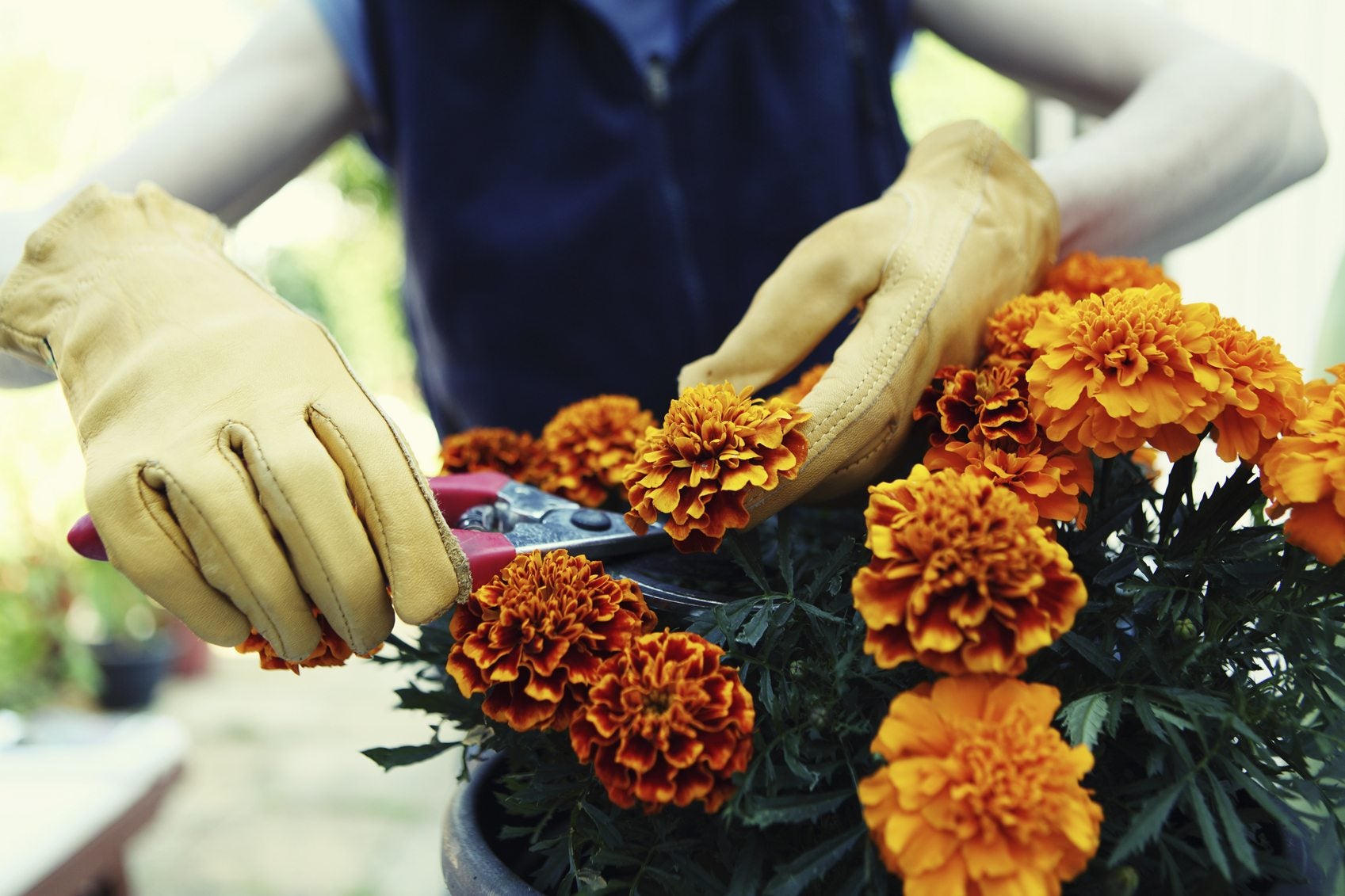 Deadheading Marigold Plants: When To Deadhead Marigolds To Prolong Blooming
Deadheading Marigold Plants: When To Deadhead Marigolds To Prolong BloomingShould you start removing spent marigold flowers? Marigold deadheading does help keep the garden looking its best and encourages new blooms. Click on this article for more information about deadheading marigold plants.
By Teo Spengler
-
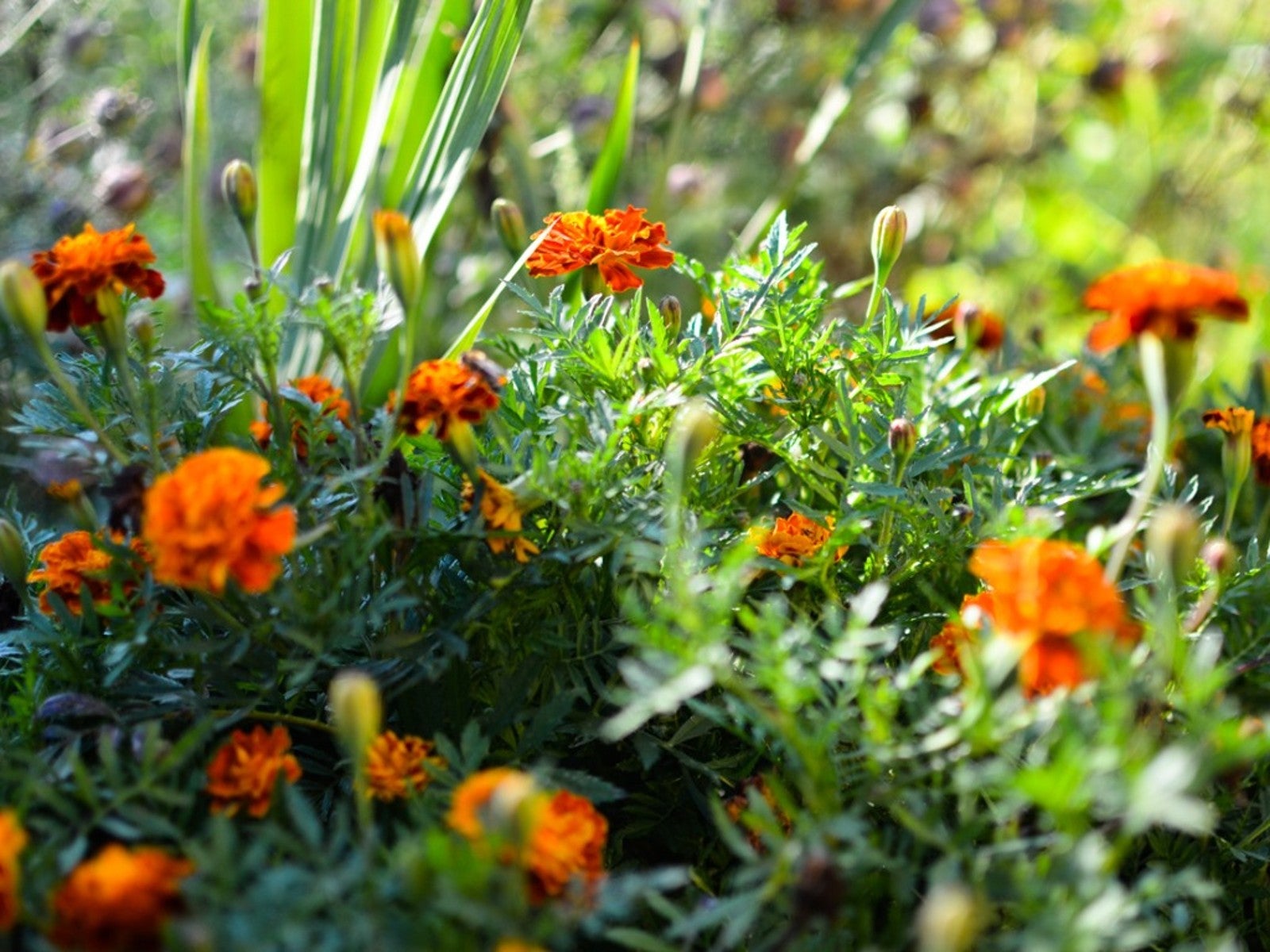 Marigold Leaf Problems: Treating Marigolds With Yellow Leaves
Marigold Leaf Problems: Treating Marigolds With Yellow LeavesMarigold blossoms are a bright, sunny yellow, but the foliage below the flowers is supposed to be green. If your marigold leaves are turning yellow, you've got marigold leaf problems. To learn what might be causing yellowing marigold leaves, click here.
By Teo Spengler
-
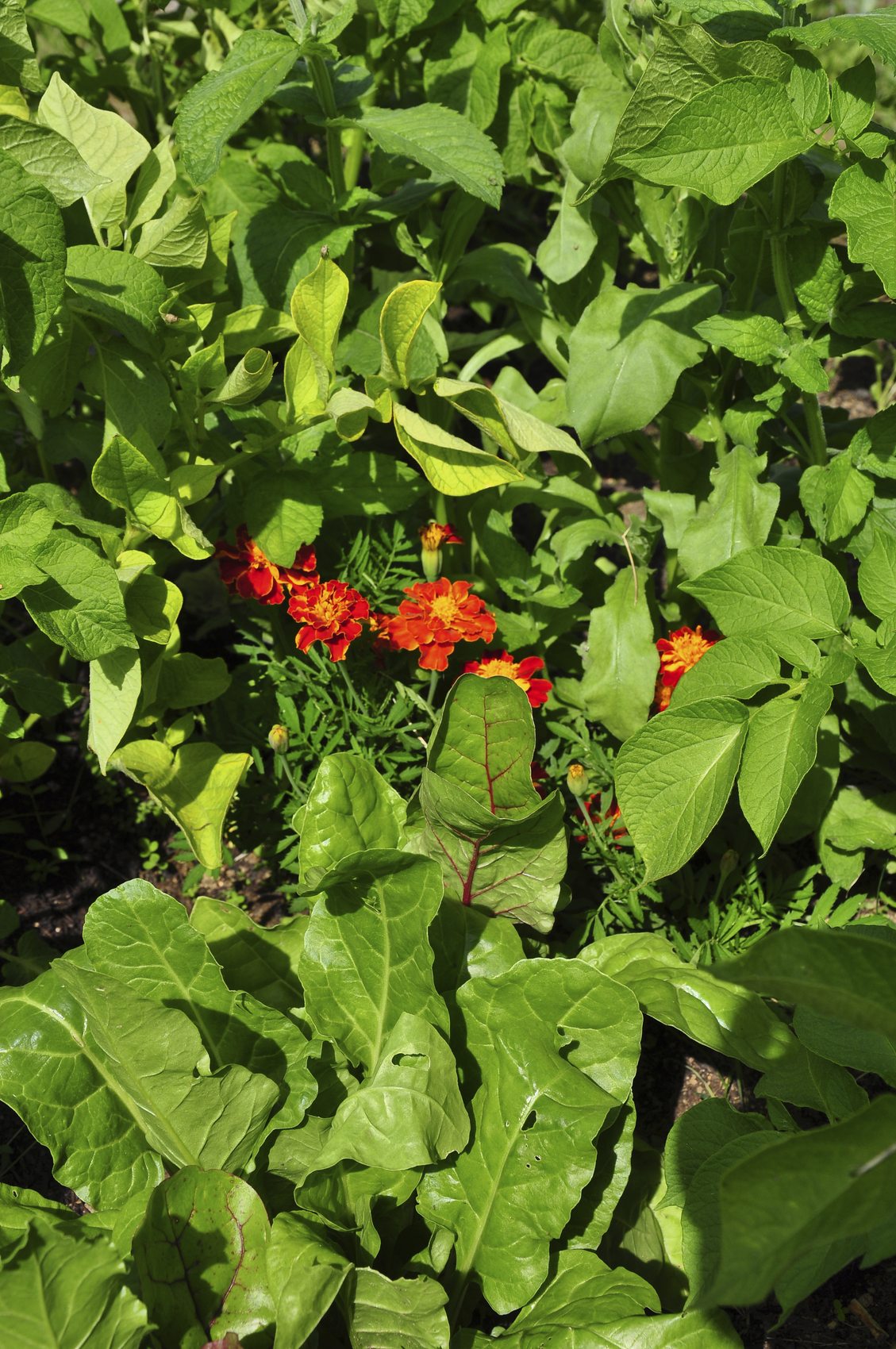 Using Marigolds Around Plants – Do Marigolds Keep Bugs Away
Using Marigolds Around Plants – Do Marigolds Keep Bugs AwayDo marigolds keep bugs away? The best way to find out is to experiment in your own garden, and you really can't go wrong. There's no doubt they attract a variety of beneficial insects that prey on bad bugs. Learn more about marigold plants and pests here.
By Mary H. Dyer
-
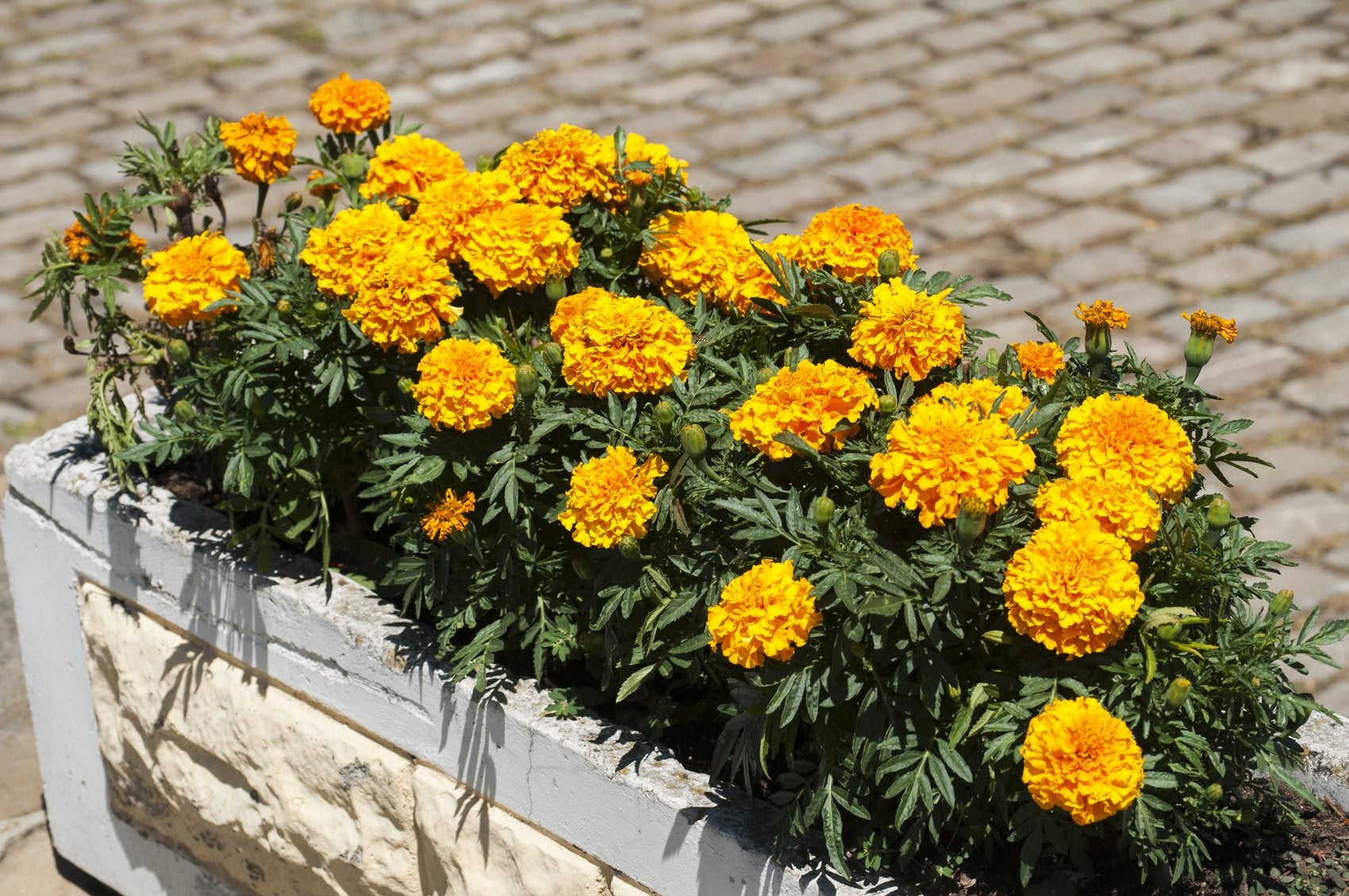 Caring For Marigolds In Pots – Tips On Growing Marigolds In Containers
Caring For Marigolds In Pots – Tips On Growing Marigolds In ContainersMarigolds are easygoing plants that bloom reliably, even in direct sunlight, punishing heat and poor to average soil. Although they are beautiful in the ground, growing marigolds in containers is a surefire way to enjoy this delightful plant. Learn more here.
By Mary H. Dyer
-
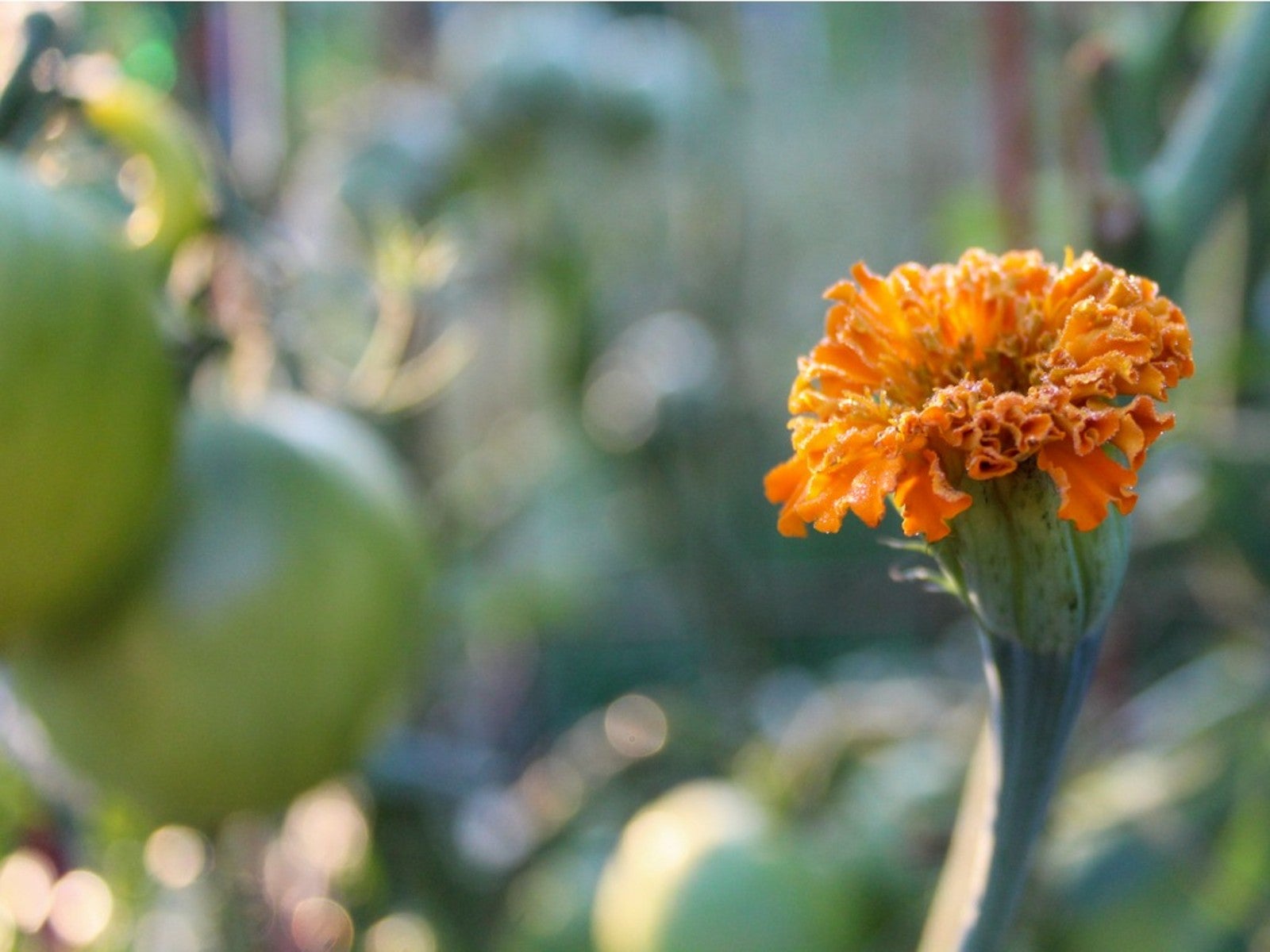 Marigold And Tomato Companion Planting: Do Marigolds And Tomatoes Grow Well Together
Marigold And Tomato Companion Planting: Do Marigolds And Tomatoes Grow Well TogetherMarigolds are appreciated for much more than their beauty; marigold and tomato companion planting is a tried and true technique used by gardeners for hundreds of years. What are the benefits of growing these together? Click here to find out.
By Mary H. Dyer